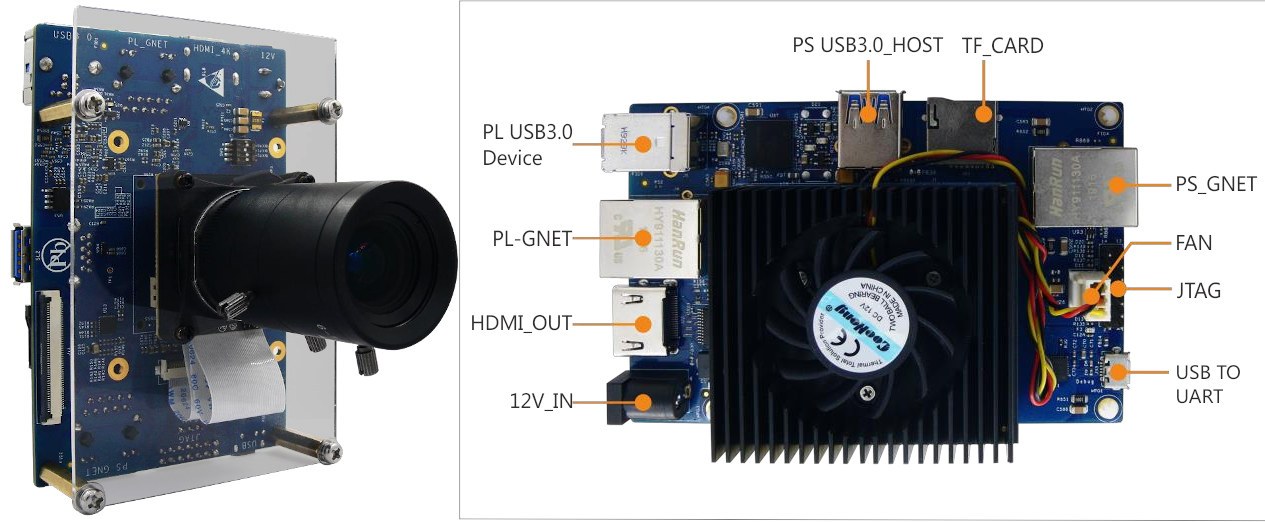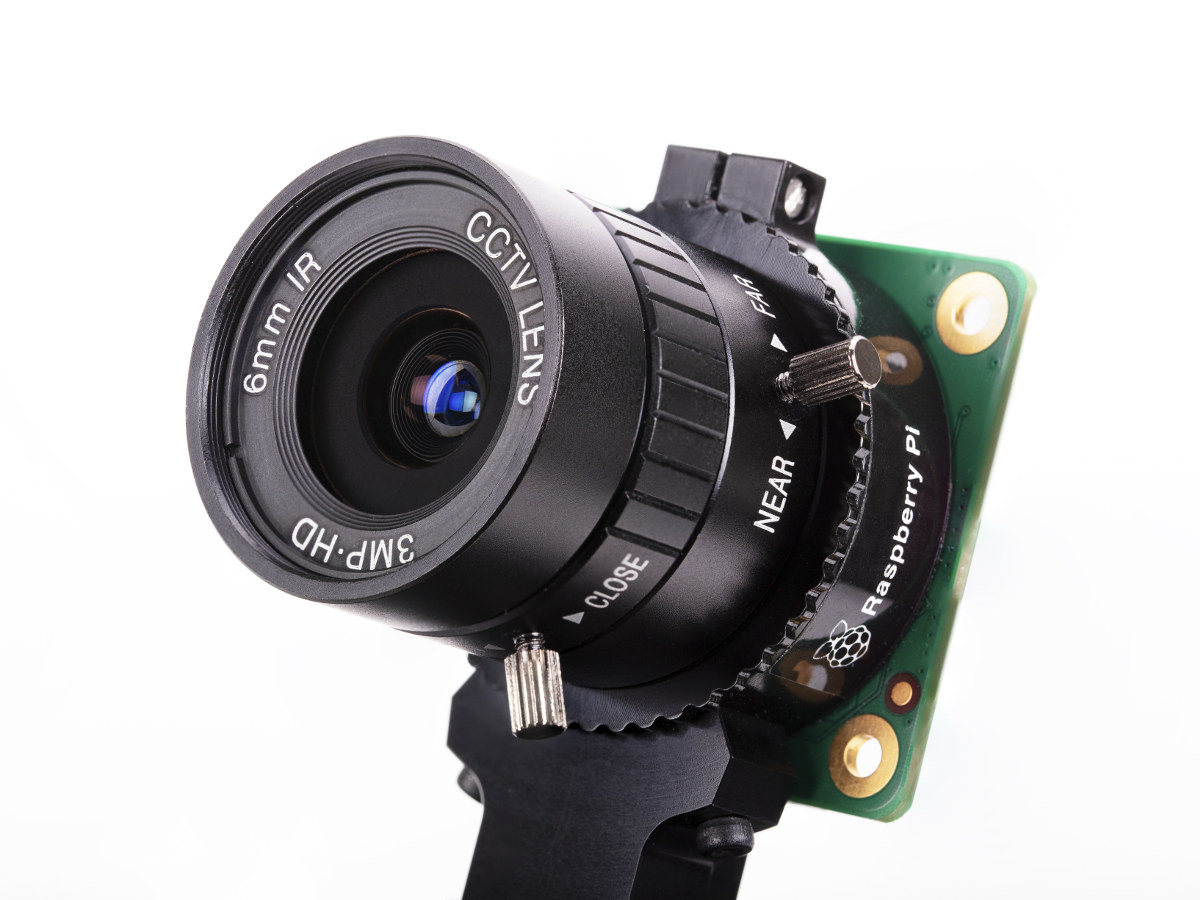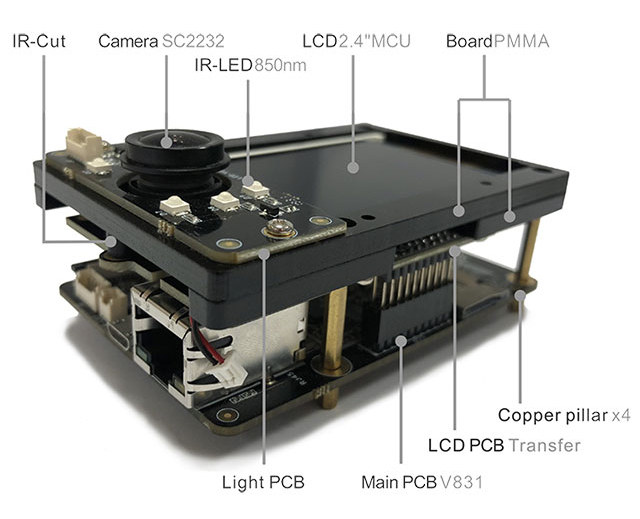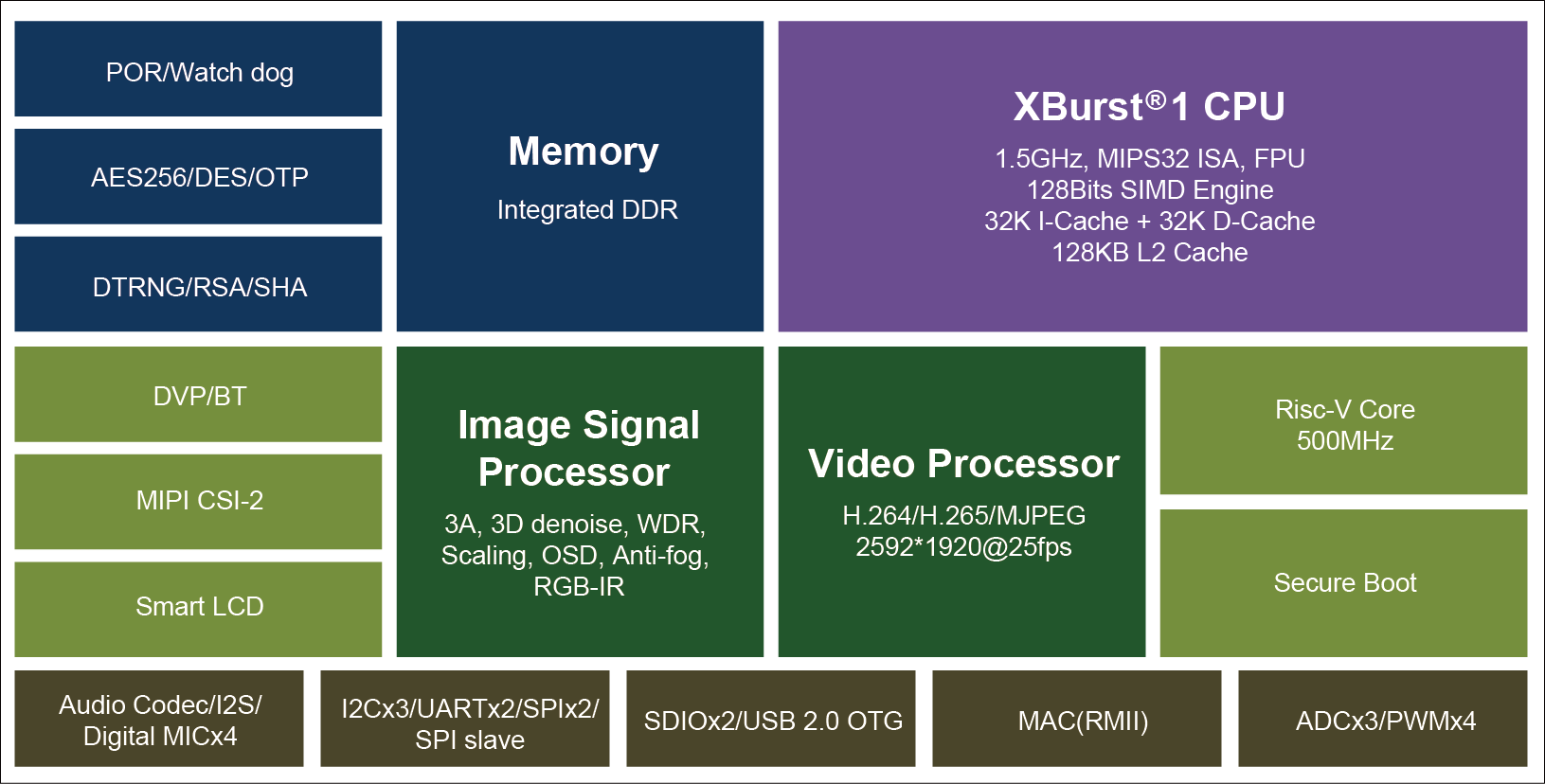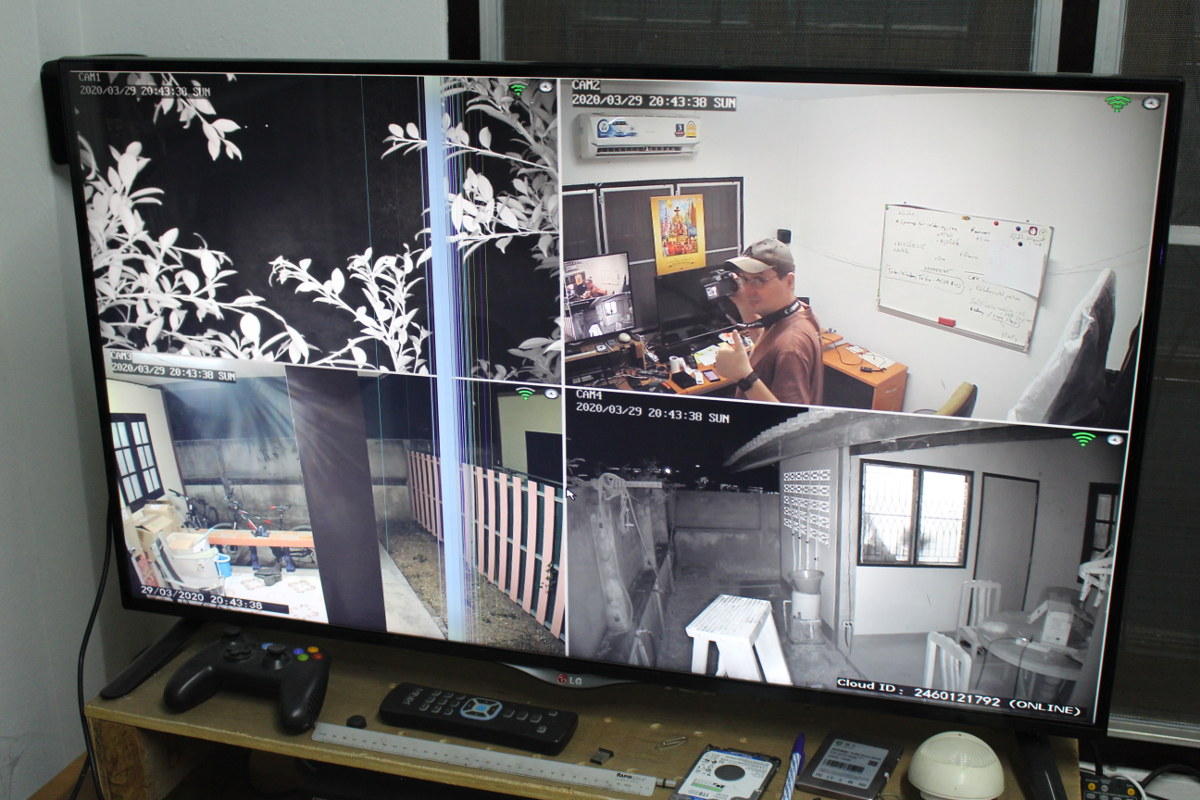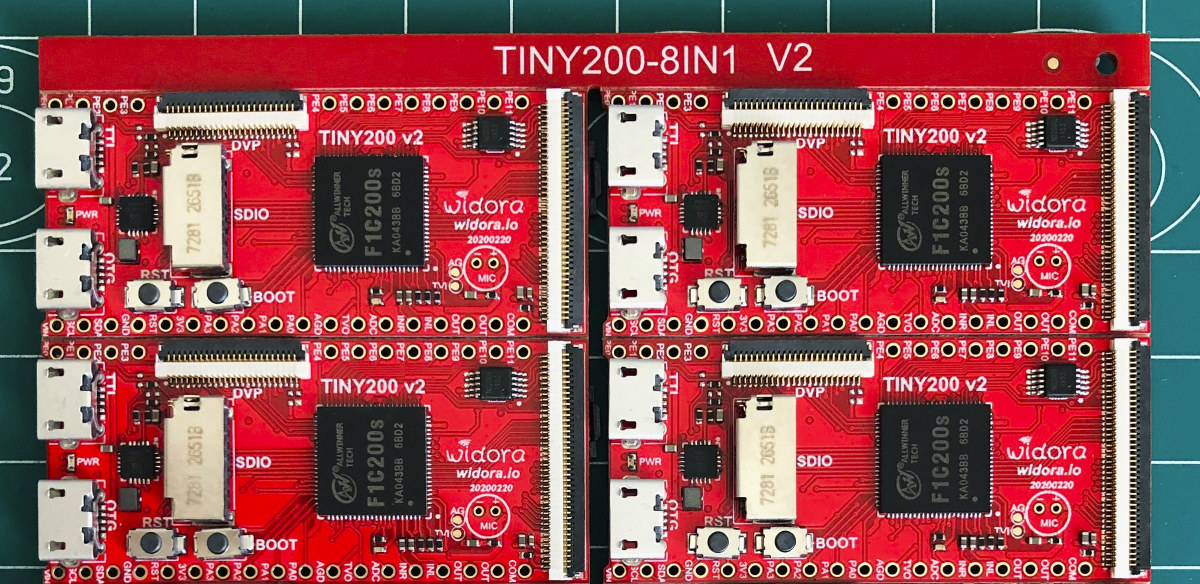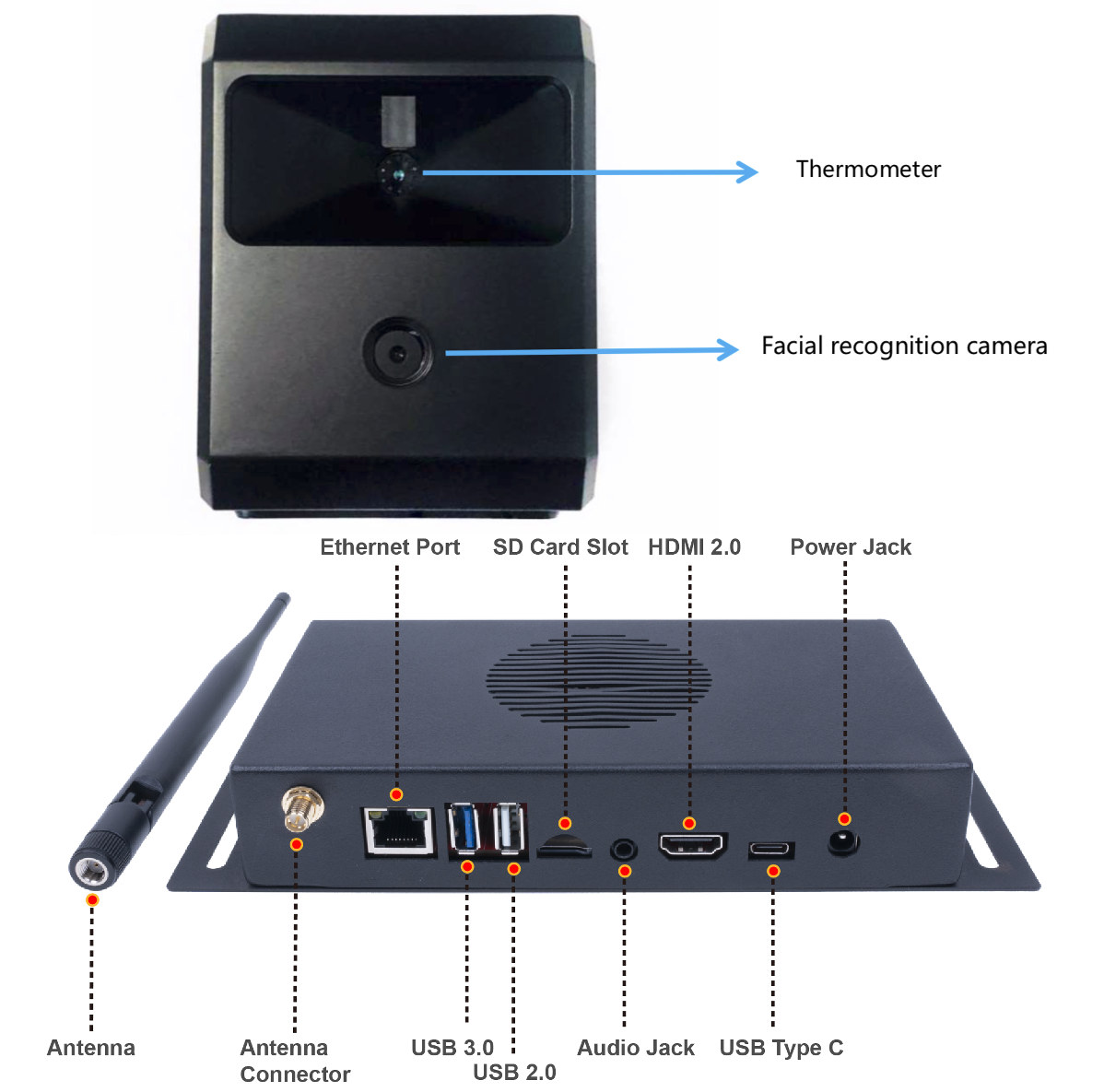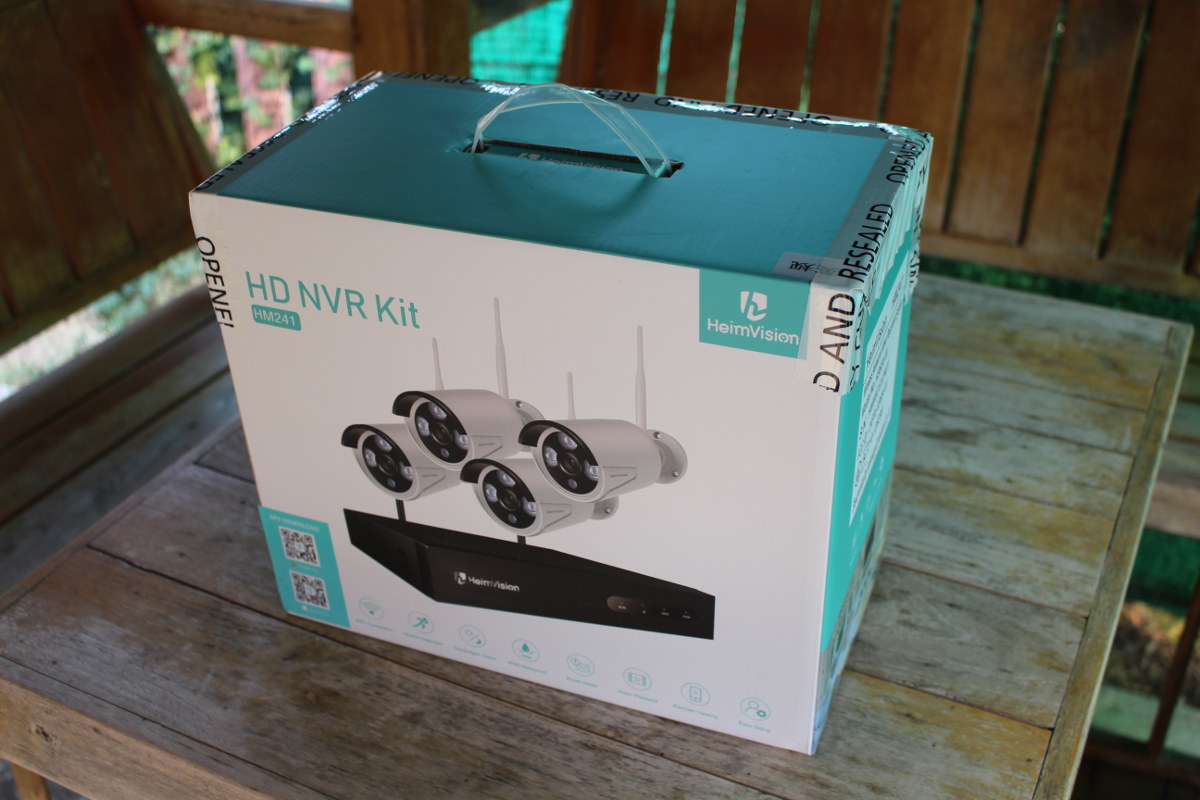Last year, MyIR Tech introduced MYD-CZU3EG development board powered by a Xilinx Zynq UltraScale+ ZU3EG MPSoC with Arm Cortex-A53 cores and FPGA fabric designed for applications such as cloud computing, machine vision, flight navigation, and other complex embedded applications. The company has now announced another Zynq Ultrascale+ ZU3EG based platform dedicated to machine vision. The VECP Starter Kit (Vision Edge Computing Platform) is comprised of MYD-CZU3EG-ISP development board fitted with the company’s MYC-CZU3EG Zynq UltraScale+ MPSoC CPU module, a fansink, and a SONY IMX334 4K camera sensor. MYD-CZU3EG-ISP development board specification: MYC-CZU3EG SoM MPSoC – Xilinx Zynq UltraScale+ XCZU3EG-1SFVC784E (ZU3EG, 784 Pin Package) MPSoC with quad-core Arm Cortex-A53 processor @ 1.2 GHz, dual-core Cortex-R5 processor @ 600 MHz, Arm Mali-400MP2 GPU, and 16nm FinFET+ FPGA fabric (154K logic cells, 7.6 Mb memory, 728 DSP slices) System Memory – 4GB DDR4 @ 2,400MHz Storage – 4GB eMMC Flash, 128MB QSPI Flash […]
Raspberry Pi HQ Camera Features a 12MP Sensor, Supports Interchangeable Lenses
The Raspberry Pi Foundation introduced the first official Raspberry Pi camera in May 2013. The $25 camera module came with a 5MP sensor and connected via the board’s MIPI CSI connector. Then in 2016, the company launched version 2 of the camera with an 8MP sensor. The foundation has now launched a much better camera called Raspberry Pi HQ Camera (High-Quality Camera) with a 12MP sensor, improved sensitivity, and support for interchangeable lenses both in C- and CS-mount form factors. The module itself is equipped with a Sony IMX477 sensor, a milled aluminum lens mount with integrated tripod mount and focus adjustment ring, a C- to CS-mount adapter, and an FPC cable for connection to a Raspberry Pi SBC. RPi HQ camera specification: Sensor – 12.3MP Sony IMX477R stacked, back-illuminated sensor; 7.9 mm sensor diagonal, 1.55 μm × 1.55 μm pixel size Output – RAW12/10/8, COMP8 Back focus – Adjustable […]
Allwinner V831 AI Full HD Camera SoC Powers Sochip V831 Development Board
In the last year or so, we’ve started to see several camera SoCs with a built-in NPU or SIMD instructions to accelerate face detection, objects detection and so on, starting with the low-resolution Kendryte K210 processor to the 2.5K Ingenic T31 MIPS video processor, or even the 4K capable iCatch V37 camera SoC. Allwinner introduces several camera processors (V3, V316, S3…) in the past, but none of them included an NPU aka AI accelerator. This has now changed with Allwinner V831 Cortex-A7 Full HD camera SoC also including a small 200 GOPS NPU. Sochip / Allwinner V831 AI Camera SoC Specifications: CPU – Single-core Arm Cortex-A7 processor @ up to 800 MHz with NEON, 32KB L1 instruction cache and 32KB L1 Data cache, 128KB L2 cache AI Accelerator – 0.2 TOPS (200 GOPS) NPU for face recognition, face detection, and “humanoid detection network” System Memory – 64MB on-chip DDR2 RAM […]
Ingenic T31 AI Video Processor Combines MIPS & RISC-V Cores
Last week we asked “is MIPS dead?” question following the news that Wave Computing had filed for bankruptcy, two MIPS Linux maintainers had left, and China-based CIP United now obtained the exclusive MIPS license rights for mainland China, Hong Kong, and Macau. Ingenic is one of those Chinese companies that have offered MIPS-based processors for several years, but one commenter noted that Ingenic joined the RISC-V foundation, and as a result, we could speculate the company might soon launch RISC-V processors, potentially replacing their MIPS offerings. But Ingenic T31 video processor just features both with a traditional Xburst MIPS Core combines with a RISC-V “Lite” core Ingenic T31 specifications: Processors XBurst 1 32-bit MIPS core clocked at 1.5GHz with Vector Deep Learning accelerator based on SIMD128, 64KB + 128KB L1/L2 Cache RISC-V independent lite core System Memory – Built-in 512Mbit (64MB) or 1Gbit (128MB) DDR2 Storage – Quad SPI flash, […]
HeimVision HM241 NVR Review – Part 2: Installation Tips, Video Interface, Android App
A coupled of weeks ago, I received HeimVision HM241 HD NVR kit, and in the first part of the review, I showed the content of the kit, installed an internal 3.5″ hard drive, and did a teardown of both the NVR and one camera. I’ve now had time to test the device for about two weeks. I have plans to install it permanently in another location, but for testing, I temporarily installed the camera for testing in several strategic locations: 3 outdoors, one indoors. Back inside, I connected the NVR device (black box below) to an Ethernet switch for Internet connectivity, a 4K TV to access the user interface, a USB mouse, and the power supply. First Boot and Configuration I was quite surprised during the first boot as I did not have to set up anything and the cameras were automatically detected. The first screen shows QR code for […]
Widora TINY200 Allwinner F1C200s ARM9 Development Board Supports DVP Camera, Up to 512MB SD NAND Flash
Widora TINY200 is a tiny ARM9 development board equipped with Allwinner F1C200s with a DVP camera interface compatible with OV2640 / 5640 sensor, an audio amplifier, and various storage options from a 16MB SPI flash to a 512MB SD NAND flash. I first heard about the processor when I wrote about Microchip SAM9X60 ARM9 SoC last month, and some people noted there were other fairly new ARM9 SoCs around such as Allwinner F1C200s that also includes 64MB RAM so you can run Linux without having to connect external memory chips. Widora TINY200 V2 specifications: SoC – Allwinner F1C200s ARM926EJS processor @ 400-600 MHz (Overclockable to 900 MHz) with 64MB DDR1 RAM Storage – 16MB SPI NOR flash or 128MB NAND flash and MicroSD card slot or 512MB SD NAND flash. Display I/F – 40-pin RGB FPC cable for resistive touch screens; additional 6-pin FPC cable for capacitive touch support Camera […]
This Non-Invasive AI Temperature Screening System Checks Multiple Persons On-the-Fly
Yesterday, I had to go to the bank with the branch located in a building where they closed all doors except one in order to make sure all people were wearing masks, check their temperature, and let them wash hands with alcohol hand gel. Those are good preventive measures to slow the spread of SARS-CoV-2 virus, but in case many people visit a location that’s also time-consuming. I’ve just come across a system that should speed up the process, as it can check forehead temperature of people as they walk by, using a camera and artificial intelligence for face detection, and an IR camera/thermometer to report temperature. Remote AI temperature screening system specifications: SoC/Memory/Storage – Don’t know, but I would not be surprised if it was based on RK3399 since Rockchip often promotes AI use cases for this processor. External Storage – MicroSD card, USB drive Video Output- HDMI 2.0 […]
HeimVision HM241 HD NVR Kit Review – Part 1: Unboxing, Teardown and HDD Installation
I’ve reviewed a few solar-powered security cameras in the last year, and from time to time, I’m being asked to review more from time to time, but I asked for a change, and instead, I wanted to look into security network video recorders (NVR). HeimVision offered this opportunity with its HM241 HD NVR Kit which they also call a “wireless security camera system”, and comes with 4 Full HD security cameras besides the NVR itself. In the first part of the review, I’ll check out the hardware, and take the opportunity to install a 3.5″ hard drive, before doing a proper installation, and report my experience about the software in one or two extra articles. HM241 HD NVR Kit Unboxing People working at customs seem to be fond of larger packages, checked it out in details hence the “Opened and Releases” sticker on the package, and I had to pay […]


